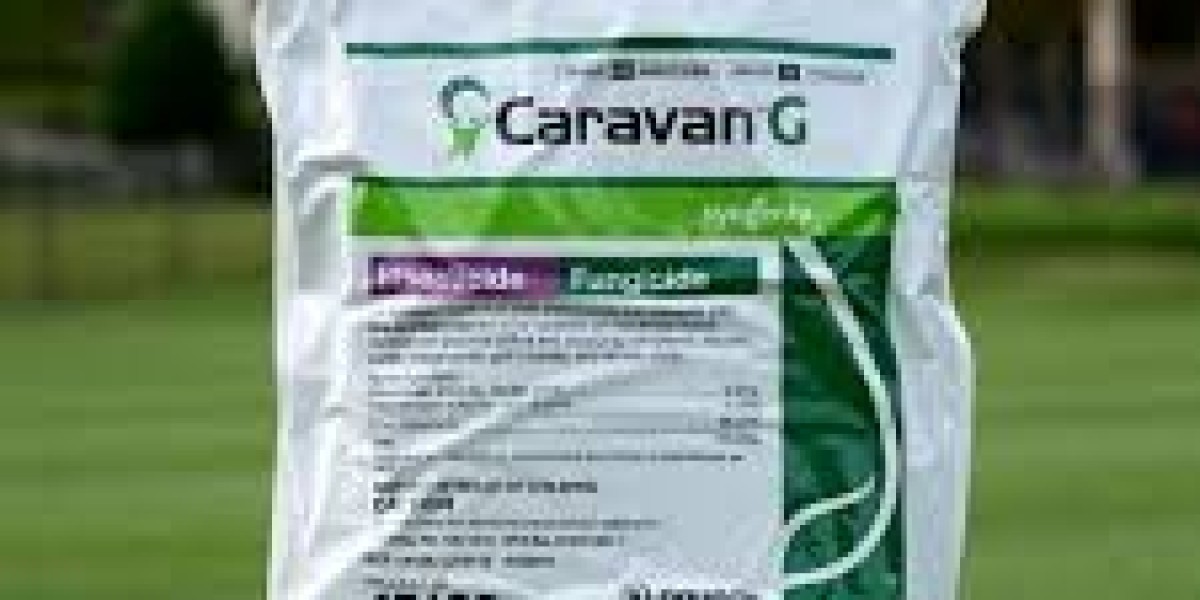A healthy, green lawn is every homeowner’s dream, but fungal diseases can quickly turn that dream into a patchy, brown nightmare. Lawn fungicides play a crucial role in preventing and treating these issues, ensuring your grass stays vibrant throughout the year. Whether you’re dealing with brown patch, dollar spot, or rust, understanding how lawn fungicides work can make all the difference in maintaining a beautiful landscape.
## **What Are Lawn Fungicides?**
Lawn fungicides are specialized treatments designed to control and prevent fungal infections that attack turfgrass. These products work by either killing the fungus or halting its ability to spread across your lawn. Fungicides typically come in liquid, granular, or systemic forms, each suited for different lawn-care needs.
**Contact fungicides** remain on the leaf surface and provide a protective barrier, while **systemic fungicides** are absorbed into the plant, offering internal protection that lasts longer. Knowing the difference helps you choose the right treatment depending on your lawn’s condition and the severity of the disease.
## **Common Fungal Diseases in Lawns**
Fungal diseases often thrive in warm, humid, or overly moist environments. Some of the most common infections include:
* **Brown Patch:** Appears as large circular patches of dead or dying grass.
* **Dollar Spot:** Causes small, silver-dollar-sized spots across the lawn.
* **Rust:** Creates orange or yellow powdery spores on grass blades.
* **Powdery Mildew:** Shows up as white, powder-like residue.
* **Snow Mold:** Appears after winter as gray or pink patches.
Early identification is crucial. The sooner you apply fungicides, the better your chances of stopping the disease before it spreads.
## **When Should You Apply Lawn Fungicides?**
Timing is everything. Most lawn diseases emerge during periods of stress—hot weather, excessive rain, poor airflow, or overwatering. Fungicides work best when applied:
* **At the first sign of symptoms**
* **During peak disease-development seasons**
* **As a preventive measure before hot and humid conditions**
Preventive treatments are often more effective than curative ones, especially for lawns with a history of fungal problems.
## **How to Choose the Right Lawn Fungicide**
When selecting a fungicide, consider the type of disease you’re targeting and the type of grass in your yard. Some fungicides are broad-spectrum, while others focus on specific fungal strains. Always read the product label carefully to confirm compatibility.
For long-term lawn care success, combine fungicides with proper maintenance practices such as aeration, avoiding overwatering, mowing at the correct height, and improving drainage. A balanced approach ensures more durable results than relying on fungicides alone.
## **Ensuring Effective Application**
To get the most out of your fungicide treatment, follow these tips:
* Apply during early morning or evening to avoid evaporation.
* Use the recommended dosage—too little won’t work, and too much may damage the lawn.
* Water lightly if required to help the fungicide penetrate the soil.
* Reapply as directed for continued protection.
For homeowners seeking professional help with lawn health and turf disease management, a trusted service provider like **emeraldlawnandturf.com** can offer expert guidance and tailored treatment plans.
## **Final Thoughts**
Lawn fungicides are essential tools in maintaining a lush, disease-free yard. With the right fungicide, proper timing, and effective lawn care habits, you can safeguard your grass from harmful fungal infections. Keeping your lawn green, healthy, and beautiful has never been easier with the right knowledge and consistent care.


